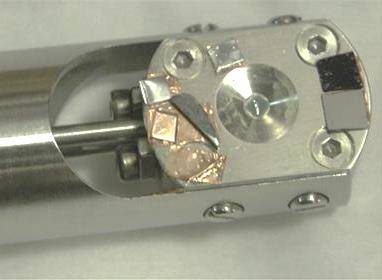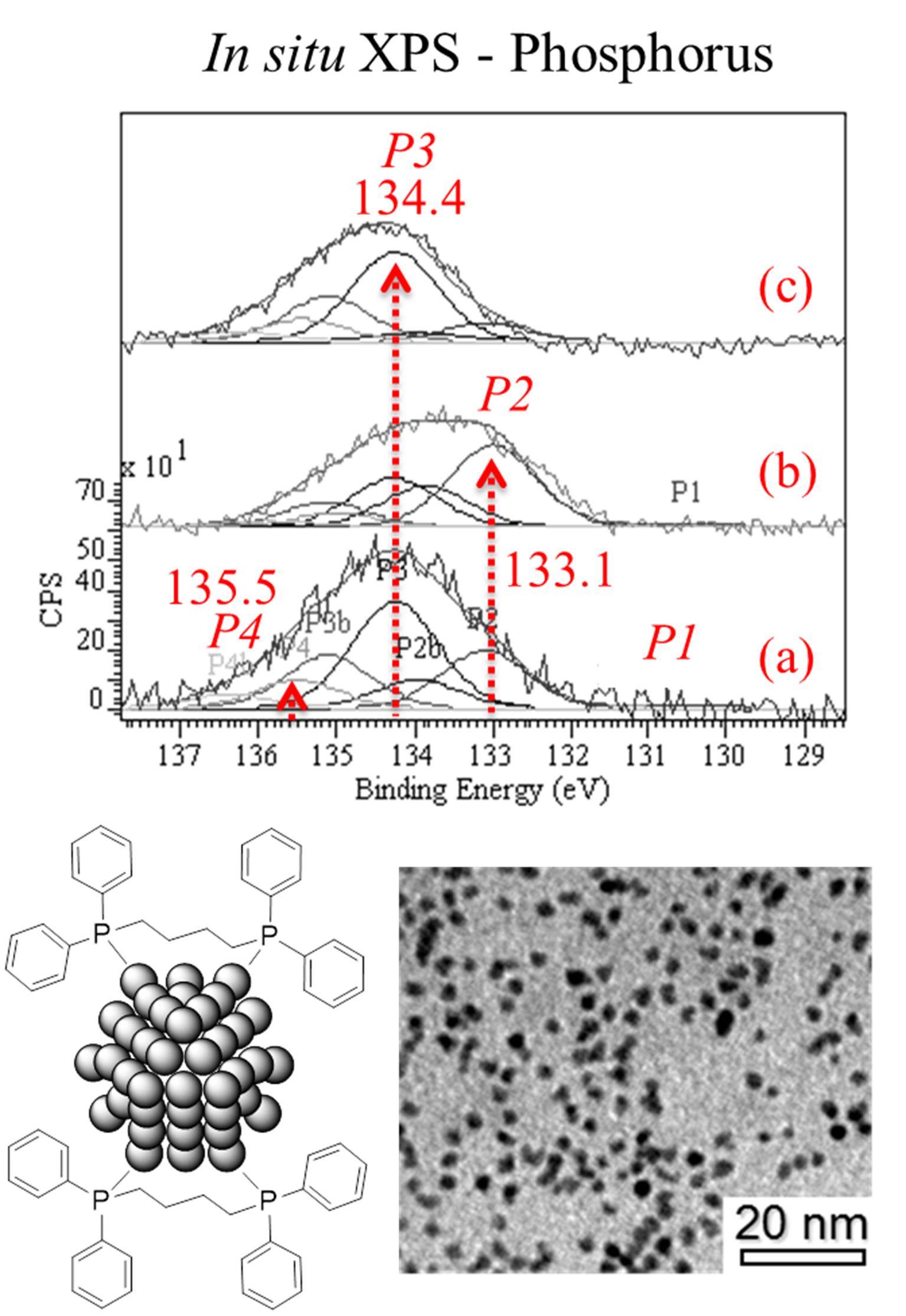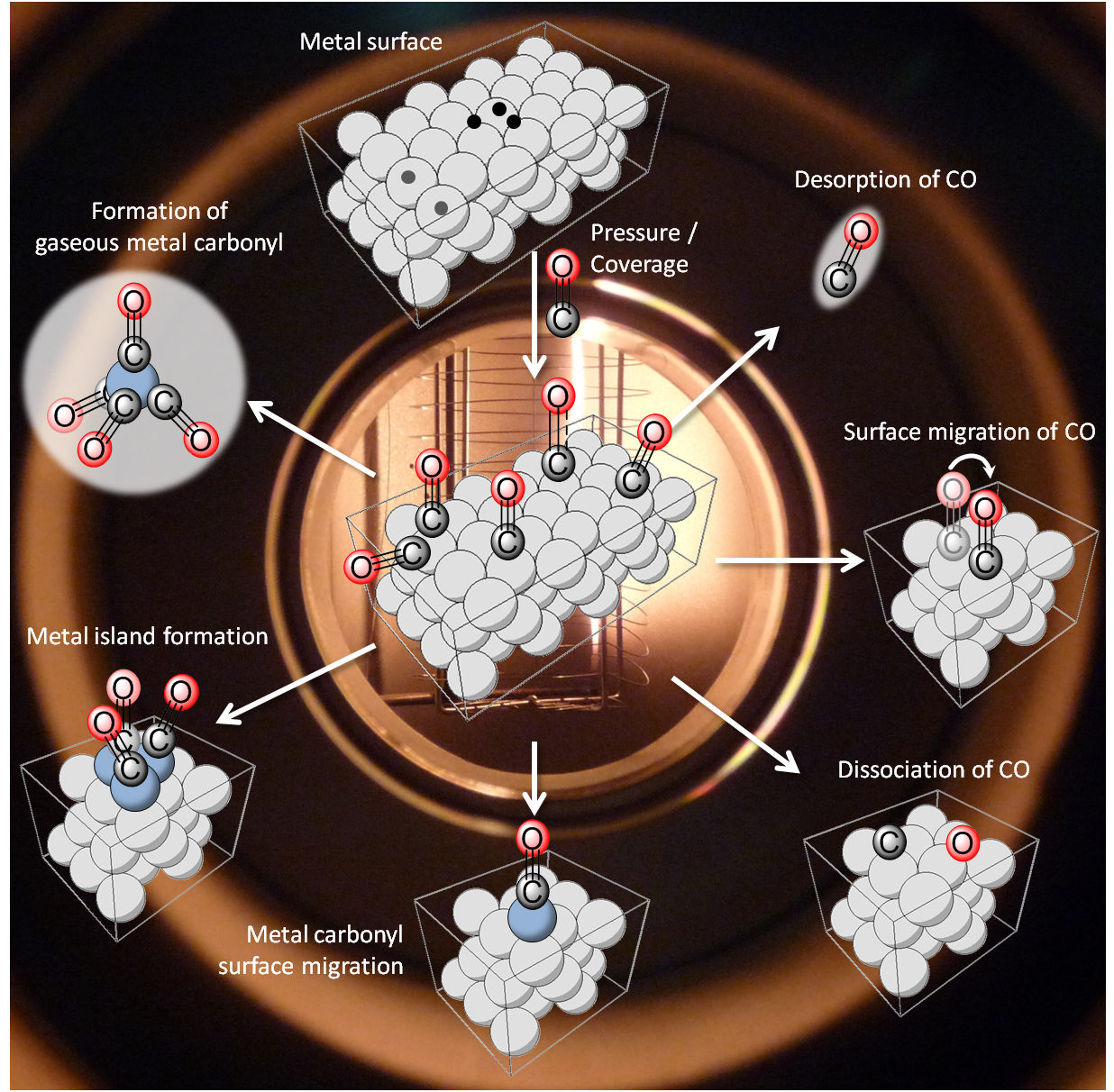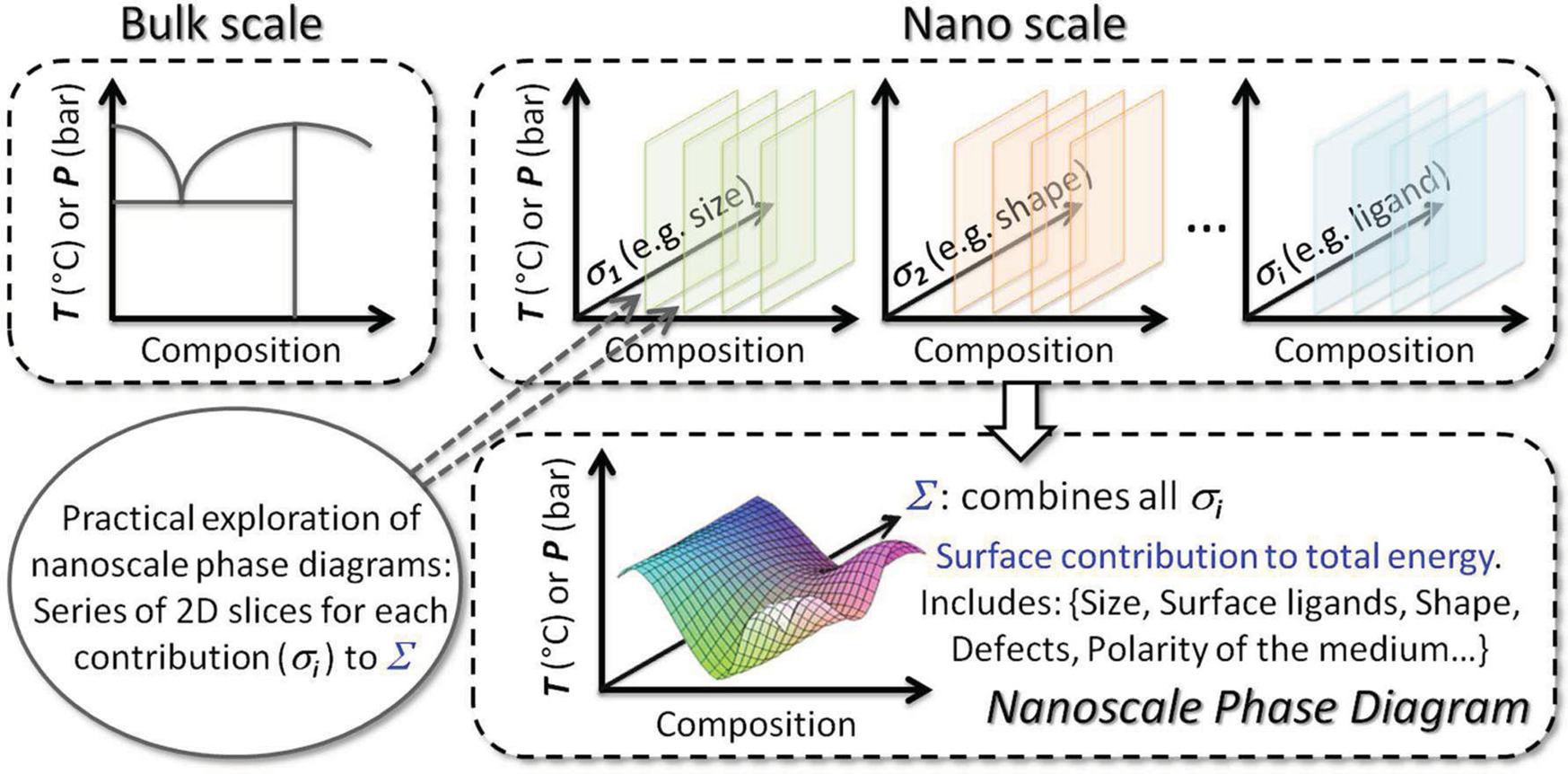Publications
| 2025 (2) | |||
| 2024 (7) | 2023 (5) | 2022 (3) | 2021 (5) |
| 2020 (3) | 2019 (12) | 2018 (5) | 2017 (3) |
| 2016 (4) | 2015 (2) | 2014 (4) | 2013 (7) |
| 2012 (7) | 2011 (1) | 2010 (2) | 2008 (1) |
2014 | Articles and Reviews
Developing soft X-ray spectroscopy for in situ characterization of nanocatalysts in catalytic reactions
|
H. Zhang, W.-C. Wang, P.-A. Glans, Y.-S. Liu, M. Kapilashrami, J.-L. Chen, C. Chang, M. Salmeron, C. Escudero, E. Pach, A. Tuxen, M. Chintapalli, S. Carenco, X. Sun, J. Guo, J. Electron Spectroscopy and Related Phenomena, 2014, 197, 118 |
Organometallic Ruthenium Nanoparticles as Model Catalysts for CO Hydrogenation: A Nuclear Magnetic Resonance and Ambient-Pressure X-ray Photoelectron Spectroscopy Study
|
L. M. Martínez-Prieto, S. Carenco, C. H. Wu, E. Bonnefille, S. Axnanda, Z. Liu, P. F. Fazzini, K. Philippot, M. Salmeron, B. Chaudret, ACS Catal. 2014, 4, 3160 |
Carbon monoxide-induced dynamic metal-surface nanostructuring
|
S. Carenco, Chem. Eur. J . 2014, 20, 10616 |
Exploring nanoscaled matter from speciation to phase diagrams: metal phosphide nanoparticles as a case of study
|
S. Carenco, D. Portehault, C. Boissière, N. Mézailles, C. Sanchez, Adv. Mater. 2014, 26, 371 |








